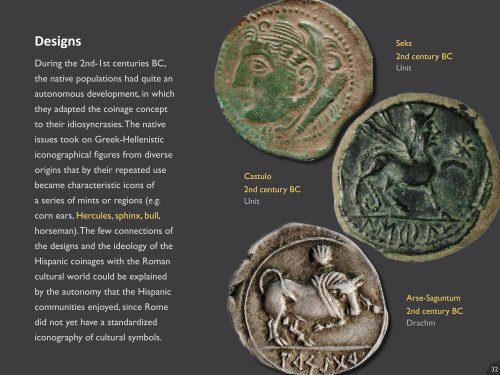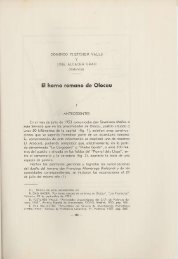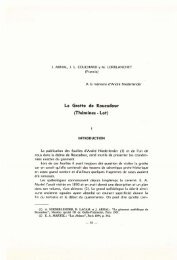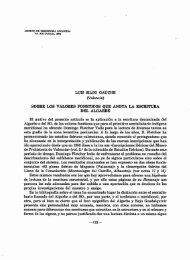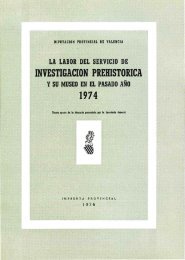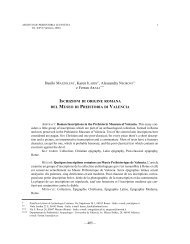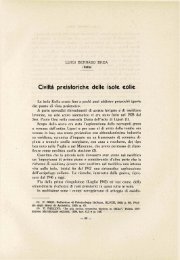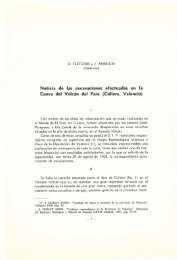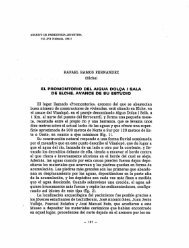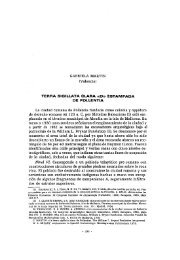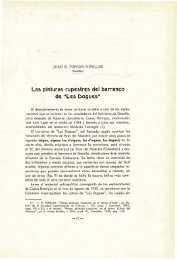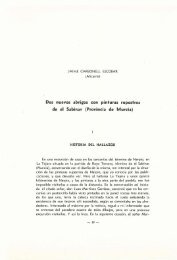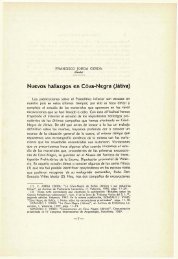Ancient Iberian Coinage - Museo Prehistoria
Ancient Iberian Coinage - Museo Prehistoria
Ancient Iberian Coinage - Museo Prehistoria
Create successful ePaper yourself
Turn your PDF publications into a flip-book with our unique Google optimized e-Paper software.
Designs<br />
During the 2nd-1st centuries BC,<br />
the native populations had quite an<br />
autonomous development, in which<br />
they adapted the coinage concept<br />
to their idiosyncrasies. The native<br />
issues took on Greek-Hellenistic<br />
iconographical figures from diverse<br />
origins that by their repeated use<br />
became characteristic icons of<br />
a series of mints or regions (e.g.<br />
corn ears, Hercules, sphinx, bull,<br />
horseman). The few connections of<br />
the designs and the ideology of the<br />
Hispanic coinages with the Roman<br />
cultural world could be explained<br />
by the autonomy that the Hispanic<br />
communities enjoyed, since Rome<br />
did not yet have a standardized<br />
iconography of cultural symbols.<br />
Castulo<br />
2nd century BC<br />
Unit<br />
Seks<br />
2nd century BC<br />
Unit<br />
Arse-Saguntum<br />
2nd century BC<br />
Drachm<br />
32


